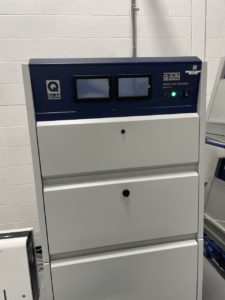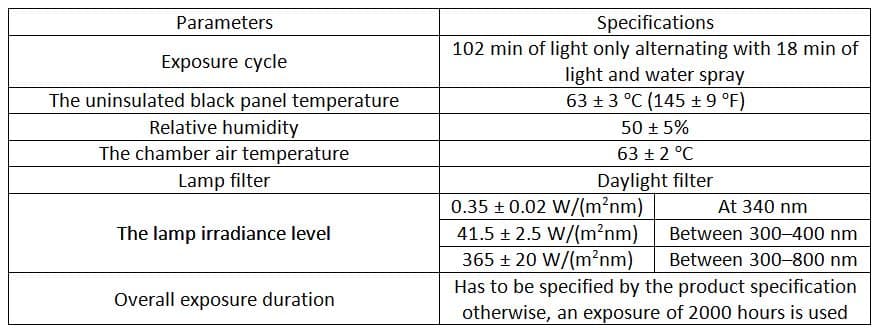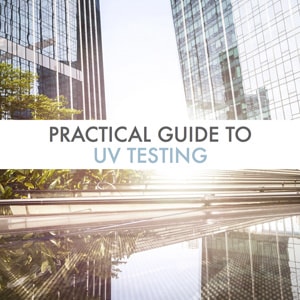ASTM D6551
Standard Practice for Accelerated Weathering of Pressure-Sensitive Tapes by Xenon-Arc Exposure Apparatus
Micom Laboratories offers ASTM D6551—Practice for Accelerated Weathering of Pressure-Sensitive Tapes by Xenon-Arc Exposure Apparatus—as part of its material testing services. This standard details an accelerated weathering test which allows to assess some physical properties of pressure-sensitive tapes through the use of UV testing. More specifically, this method only depicts the conditions that are required to do an accelerated weathering test of the samples and it is mandatory to pair the latter with another standard in order to appraise the physical characteristics of the specimens. Furthermore, ASTM D6551 relies on the use of Xenon arc light as an illuminating source and it is thus based on the ASTM G155 and on the ISO 4892-2 practices. Lastly, this method is not meant to gauge the aging characteristics of pressure-sensitive tapes used in an outdoor exposure for an extended period.
Accelerated weathering of pressure-sensitive tapes:

Typical Experimental parameters for ASTM D6551 testing:
The number of samples required is three and their size will depend on the subsequent evaluation method. The specifications of the test are listed in table 1.
Table I: Specifications of the test conditions
Other test methods related to ASTM D6551:
For additional related test methods, please see ASTM D3359
If you have any questions about the ASTM D6551 test, we invite you to contact our material testing lab today. It will be our pleasure to answer your questions and help you with your custom material testing requirements.
Practical UV Testing Guide
Sunlight exposure can have harmful impacts on carbon-based
materials such as coatings, polymers, textiles, and many others.
Learn more about our in-laboratory UV testing process in this guide.



